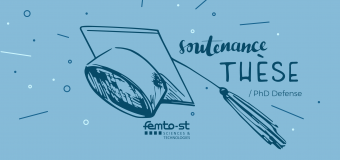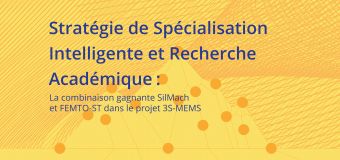The institute
FEMTO's events
You are here

PhD Defense
Marianne SAGNARD « Design and development of surface elacstic wave components...
3 décembre à 14hFEMTO-ST - TEMIS BUILDING
15B Avenue des Montboucons
25030 Besançon cedex
France












